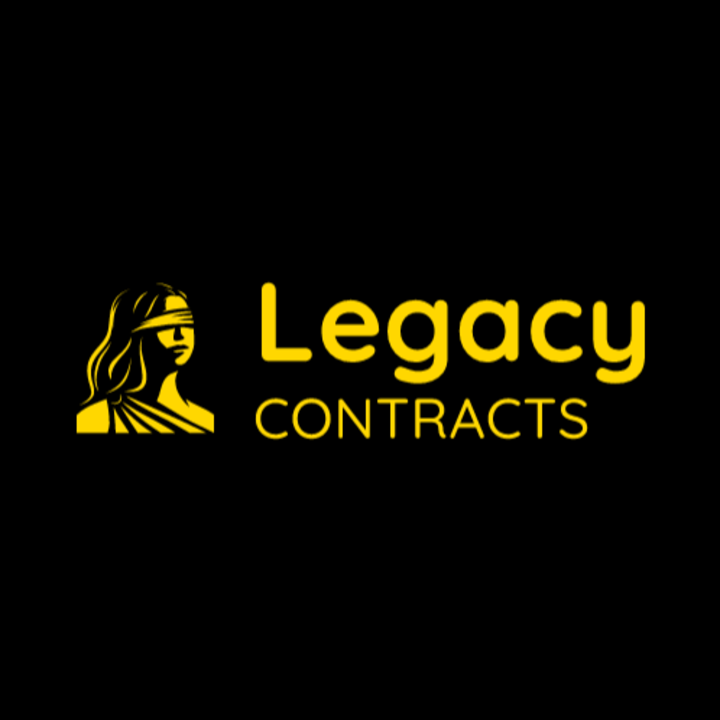The Language of Legacy: Translating Your Values into Operational Structure
Attorneys speak in the language of precedent, logic, and proof, but when it comes to running a firm, values are the unspoken language beneath every decision. Whether you name them or not, your values already show up in how you intake clients, communicate updates, schedule, bill, decline work, and even how you spend your calendar hours.
Most firms don’t lack values; they lack
translation.
Values live in intention. Structure makes them visible.
The goal is not simply to run smoothly. The goal is to build a practice that operates in a way that is consistent with what you claim to believe.
When Values Are Not Operationalized
You can usually tell when a firm’s stated values never made it into their workflows:
- “We value client trust” — yet updates go unanswered for days
- “We value excellence,” — but deadlines are triaged in panic
- “We value staff well-being” — but work is delegated only when people burn out
- “We value strategy” — but everything is treated as urgent
Inconsistency isn’t a character flaw; it is an operational gap.
You cannot live your values by willpower. You can only live them through systems.
Turning a Value Into a Workflow
A value becomes real the moment it shapes a behavior.
Here is what that translation looks like in practice:
Value (Intention) Operational Translation (Structure)
Reliability Set response-time SLAs for all client communication
Dignity in representation Build in client-prep calls before every hearing, not “if time allows”
Excellence without chaos Create weekly batching for filings instead of daily scrambling
Stewardship of time Remove attorney from admin tasks that do not require legal judgment
Clarity Standardize intake, follow-ups, and closing communications
Values are not slogans; they are design criteria.
Why Translating Values Into Structure Matters
- It reduces internal friction.
Decisions are easier when the rules aren’t being made in the moment. - It produces a consistent client experience.
Trust is built not by intention but by repetition. - It preserves the attorney for legal work, not admin reaction.
Systems allow you to practice law instead of managing chaos. - It creates culture without needing to enforce culture.
People follow structure more easily than philosophy.
This Work Is Not Cosmetic — It Is Identity Work
The structure of your firm is the most public form of your ethics.
If your calendar is frantic, your values are not operational yet.
If your clients are confused, your values have not been translated.
If burnout is the norm, the system is misaligned with what you stand for.
Legacy is not what you say.
Legacy is what remains when you are not in the room.
Want to listen to this blog? Check out our AI-generated voiceover on our YouTube channel:https://youtu.be/NCSs3wR9vkM
Or if you want to hear the story behind this idea and how it came to be? Listen to this week’s Behind the Concept episode on Spotify or wherever you get your podcasts: https://open.spotify.com/episode/6KlLlzOR3BJarvHYLqR3MZ?si=1gSLegJYQp2i0Z0EJej9Kw










